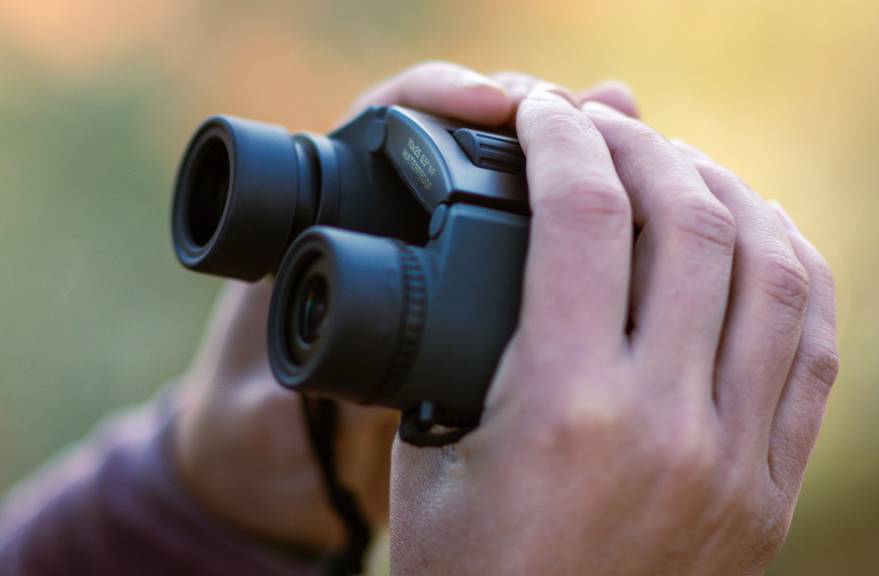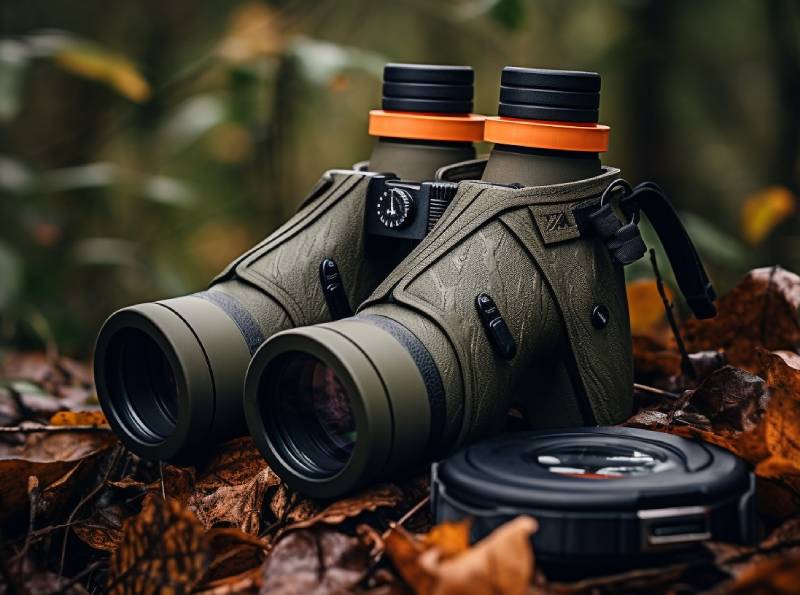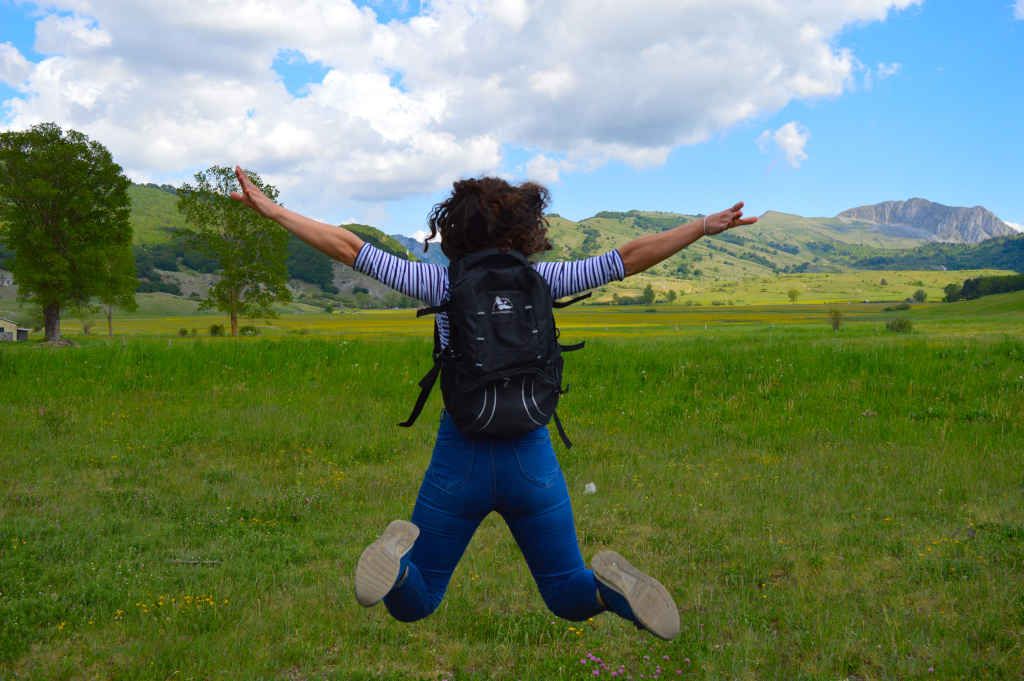Camping is a fantastic way to reconnect with nature, unwind from the stresses of daily life, and spend quality time with family and friends. One of the key components to a successful camping trip is ensuring you have great food to keep everyone energized and happy. Eating well while camping doesn’t have to be difficult. With some preparation, creativity, and a few essential tips, you can enjoy delicious and nutritious meals in the great outdoors. This article provides comprehensive camping tips for eating, covering everything from meal planning and packing to cooking and food safety.
Meal Planning: Camping Tips for Eating

1. Plan Ahead
Before heading out on your camping trip, take some time to plan your meals. Consider the number of days you’ll be camping, the number of people in your group, and any dietary restrictions. Make a detailed meal plan that includes breakfast, lunch, dinner, and snacks for each day.
2. Choose Simple and Versatile Recipes
When camping, it’s best to choose recipes that are simple and require minimal ingredients. Opt for meals that can be prepared using basic cooking equipment and don’t need a lot of prep work. Versatile ingredients that can be used in multiple dishes will help keep your packing light and efficient.
3. Make a Shopping List
Based on your meal plan, create a detailed shopping list. Stick to the list to avoid overpacking or forgetting essential ingredients. Consider portion sizes to ensure you have enough food without unnecessary excess.
4. Prep Ingredients at Home
To save time and reduce the need for complicated cooking at the campsite, do as much prep work as possible at home. Wash and chop vegetables, marinate meats, pre-cook grains like rice or quinoa, and portion out spices and seasonings. Store prepped ingredients in labeled, airtight containers.
Packing and Storage
1. Use the Right Containers
Invest in high-quality, durable containers that are suitable for outdoor use. Opt for containers that are lightweight, leak-proof, and stackable to save space in your cooler or backpack. Mason jars, reusable silicone bags, and BPA-free plastic containers are great options.
2. Pack a Cooler Efficiently
Keep perishable items like meats, dairy, and fresh produce in a cooler with plenty of ice packs. Pack your cooler in layers, with items you’ll use first on top. Use block ice instead of ice cubes, as it melts slower and keeps your food cold longer. Consider using two coolers: one for frequently accessed items and another for long-term storage.
3. Keep Dry Goods Organized
Store dry goods such as pasta, rice, canned goods, and snacks in a separate, waterproof container or a designated dry bag. This helps keep them organized and protects them from moisture and pests.
4. Label Everything
Label your containers with their contents and expiration dates. This makes it easy to find what you need quickly and ensures you use ingredients before they spoil.
Cooking Equipment: Camping Tips for Eating

1. Essential Cooking Gear
Bring the essential cooking equipment that suits your meal plan and cooking preferences. Some basic items to consider include:
- A portable stove or camping grill
- Fuel for your stove or grill
- Lightweight pots and pans
- Cooking utensils (spatula, tongs, ladle, etc.)
- A cutting board and a sharp knife
- A can opener
- Biodegradable soap and a scrub brush for cleaning
2. Campfire Cooking
Cooking over a campfire can be a fun and rewarding experience. If you plan to cook over a fire, bring a fire grate or grill, and make sure you have a way to safely start and maintain the fire. Long-handled cooking tools and fire-resistant gloves are also recommended.
3. Dutch Oven
A Dutch oven is a versatile piece of cookware that can be used for baking, roasting, and stewing over a campfire or portable stove. It’s perfect for making hearty meals like stews, casseroles, and even desserts.
4. Lightweight Options
If you’re backpacking or need to keep your gear light, consider compact and lightweight cooking equipment like a backpacking stove, collapsible cookware, and multi-purpose utensils.
Cooking Tips
1. Keep It Simple
Simplicity is key when cooking at a campsite. Stick to recipes that require minimal ingredients and steps. One-pot meals, foil packet dinners, and pre-marinated items are excellent choices that minimize cooking and cleanup time.
2. Foil Packets
Foil packet meals are a camping classic. Simply wrap your ingredients in heavy-duty aluminum foil and cook them over the campfire or on a grill. This method works well for vegetables, meats, and even desserts like fruit cobblers.
3. One-Pot Meals
One-pot meals are perfect for camping as they reduce the number of dishes you need to wash. Think chili, pasta, risotto, and stir-fries. Use a large pot or Dutch oven to cook everything together, layering flavors as you go.
4. Skewers and Kabobs
Skewers and kabobs are easy to prepare and cook over a campfire or grill. Thread pieces of meat, vegetables, and even fruit onto skewers for a quick and tasty meal. Soak wooden skewers in water for at least 30 minutes before using them to prevent burning.
5. Breakfast Made Easy
For a simple yet hearty breakfast, consider oatmeal, pancakes, or breakfast burritos. Instant oatmeal packets can be customized with dried fruit, nuts, and spices. Pancake mix can be pre-portioned and stored in a resealable bag. For breakfast burritos, prepare the fillings ahead of time and wrap them in tortillas for a quick meal.
6. Snacks and Sides
Bring along easy-to-eat snacks and sides like trail mix, granola bars, fresh fruit, and sliced vegetables. Hummus, cheese, and crackers also make great snacks that require no cooking.
7. Desserts
Don’t forget dessert! Classic campfire treats like s’mores are always a hit. You can also try making fruit cobblers, banana boats, or grilled pineapple for a sweet ending to your meal.
Food Safety: Camping Tips for Eating

1. Keep Cold Foods Cold
To prevent foodborne illnesses, it’s crucial to keep perishable foods at safe temperatures. Use a well-insulated cooler with plenty of ice packs and store it in a shaded area. Keep the cooler closed as much as possible to maintain its temperature.
2. Separate Raw and Cooked Foods
To avoid cross-contamination, keep raw meats separate from cooked foods and ready-to-eat items. Use different cutting boards, utensils, and containers for raw and cooked foods. Wash your hands thoroughly after handling raw meat.
3. Cook to Safe Temperatures
Ensure meats are cooked to the proper internal temperatures to kill harmful bacteria. Use a meat thermometer to check the temperatures:
- Poultry: 165°F (74°C)
- Ground meats: 160°F (71°C)
- Beef, pork, lamb, and veal (steaks, chops, roasts): 145°F (63°C) with a 3-minute rest time
- Fish: 145°F (63°C)
4. Practice Good Hygiene
Wash your hands frequently with soap and water, especially before handling food. If water is limited, use hand sanitizer. Clean all cooking surfaces, utensils, and dishes with biodegradable soap and hot water.
5. Store Food Properly
Store food in sealed containers to keep it fresh and protect it from wildlife. Use bear-proof containers if you’re camping in bear country, and always follow local regulations regarding food storage.
6. Dispose of Waste Properly
Dispose of food waste properly to avoid attracting wildlife. Pack out all trash, including food scraps, and use designated trash receptacles if available. If you’re in a remote area, follow Leave No Trace principles and pack out all waste.
Conclusion
Eating well while camping is all about preparation, simplicity, and creativity. By planning your meals, packing the right equipment, and following food safety guidelines, you can enjoy delicious and nutritious meals in the great outdoors. Whether you’re cooking over a campfire, using a portable stove, or making no-cook meals, the key is to keep it simple and make the most of your time in nature. Happy camping and bon appétit!






